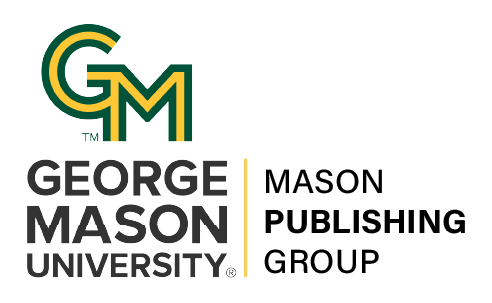Integrating Open Education Resources (OERs) in College Courses: Student Contributions To OER Creation
DOI:
https://doi.org/10.13021/itlcp.2019.2586Abstract
Location: JC Room G
Nowadays, the primary concern in the use of open educational resources (OER) in teaching and learning is that these open and free resources are used merely to promote free access to knowledge online. The need for evidence of the effectiveness of OER in teaching and learning is eminent as it highlights the necessity of the emerging shift from considering OER as open content to considering it as open educational practices (OEP) in order to enhance the innovation in teaching and learning practices. The open educational resources (OER) movement is an established phenomenon in the âopenâ movement, based on the idea that knowledge is freely available on the internet and open for use with few or no restrictions. Wiley (n.d) introduced the 5Rs (Retain, Reuse, Revise, Remix, Redistribute) framework of permissions for using OER: (a) retain refers to permission to preserve the authorship of the original work and control copies of the content; (b) reuse refers to permission to reuse the materials exactly as they are; (c) revise refers to permission to adapt, modify, improve, and change the content, including translating into different languages; (d) remix refers to permission to mix and incorporate the original content with other material to produce new materials or content; and (e) redistribute refers to permission to distribute revised and mixed original copies among educators and friends. The William and Flora Hewlett Foundation (2013) produced a set of goals stating that by 2017, OER would be significantly integrated into all educational systems at different levels. However, the current status of OER adoption in education is variable, and it has not expanded in higher education due to several obstacles such as discovery issue, remixing issue and quality assurance issue that hinder the spread of OER at the local and national levels (Allen & Seaman, 2016, Al Abri & Dabbagh, 2018). In addition, several scholars (e.g., Pit, 2015; Wiley, Webb, Weston, & Tonks, 2017) believe that OER might have other potential capabilities alongside the sharing of knowledge and providing cost-saving alternatives to expensive textbooks. Among these capabilities, it is believed that OER can promote innovation in pedagogical models when OER become the central focus of teaching and learning practices. However, these perceived benefits of OER cannot be robustly demonstrated without empirical evidence. As a result, the absence of empirical evidence regarding the effectiveness of OER in teaching and learning leads to posing questions about the features and characteristics of courses-supported OEP that can encourage faculty to change the current pedagogy practices and engage students to be co-creators of OER. From this spirit, the OER community encourages researchers to explore how the possibilities of OER in innovating pedagogical models can be put into practice in authentic contexts. Advocating the shift from using OER as mere open content to use it as open educational practices emphasize empowering students âcontribution to the world of knowledge. Recently, there has been renewed interest in making studentsâ assignments matter by engaging students in OER creation. The discussion regarding studentsâ contribution to OER knowledge has engendered the concept of renewable assignments, also called student-created OER. Renewable assignments defined as studentsâ engagement in creating artifacts that have personal meaning to them and can be shared publicly under the Creative Commons license (Ross, 2018; Wiley, 2017). These artifacts with CC license are studentsâ OER renewable assignments they executed in courses and published them online for others to use it by practicing the 5R activities (Ross, 2018). Regarding the ethical concern by faculty members of using student-created OER in future courses is that studentsâ contribution to making their assignments under CC license is optional and they have the right to turn it to OER or to retain it in the university Blackboard. According to the university copyright law, students earn the copyright of their own work. Thus, they have the right to contribute it as OER or to not make it OER. Students who will make their assignments under CC license, they need to understand the different types of CC licenses and the permissions they will grant future students to use it. References Al Abri. M. & Dabbagh. N. (2018). Open educational resources: A literature review. Journal of Mason Graduate Research, 6 (1), 83-104 Allen, I. E., & Seaman, J. (2016). Opening the textbook: Open education resources in U.S. higher education,2015-16. Retrieved from http://www.onlinelearningsurvey.com/reports/openingthetextbook2016.pdf




